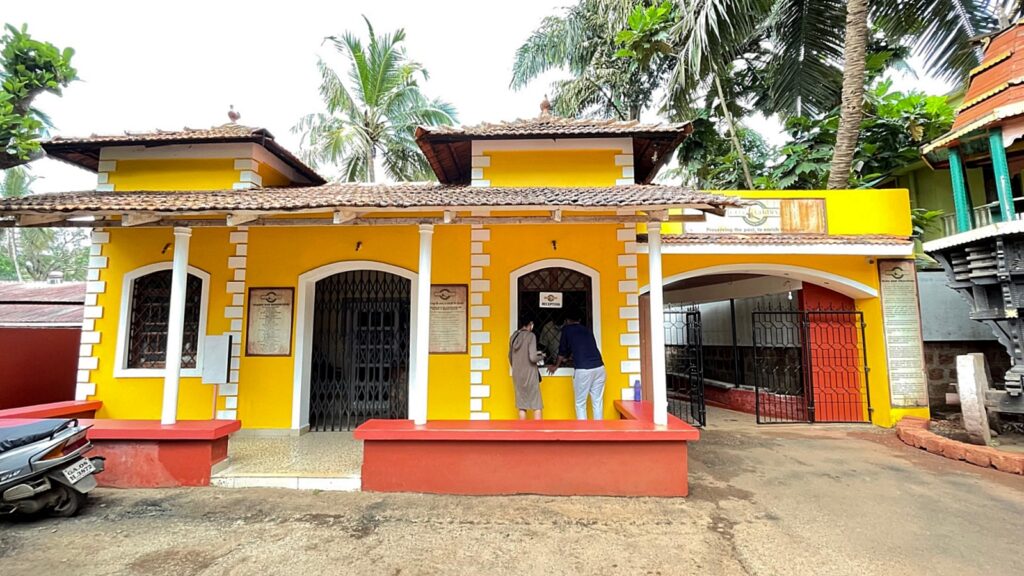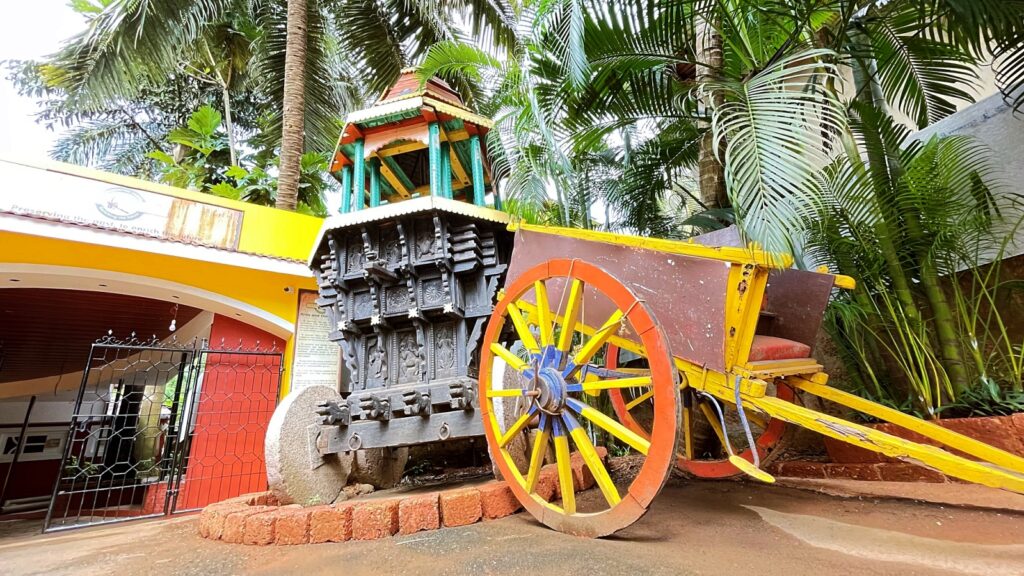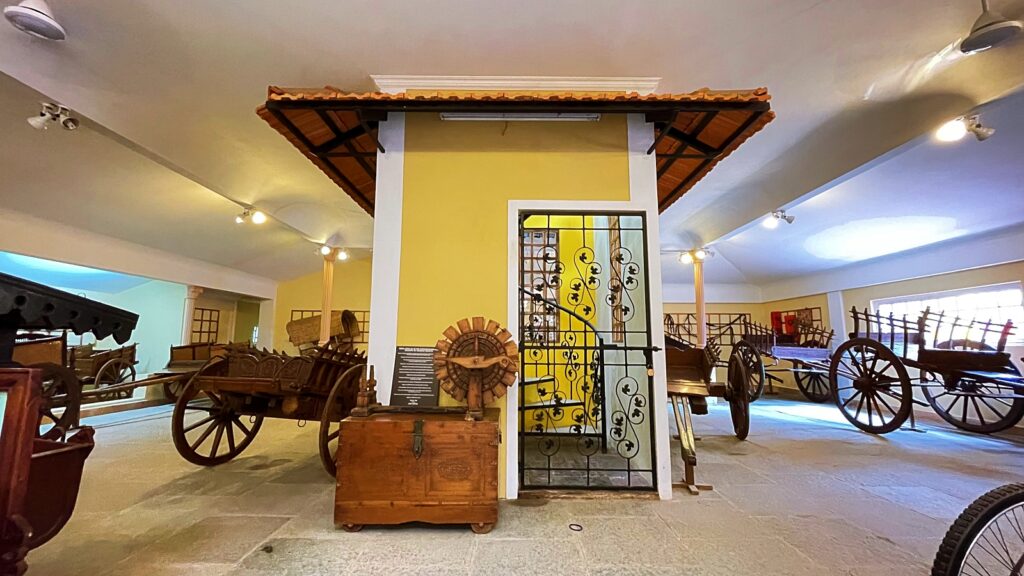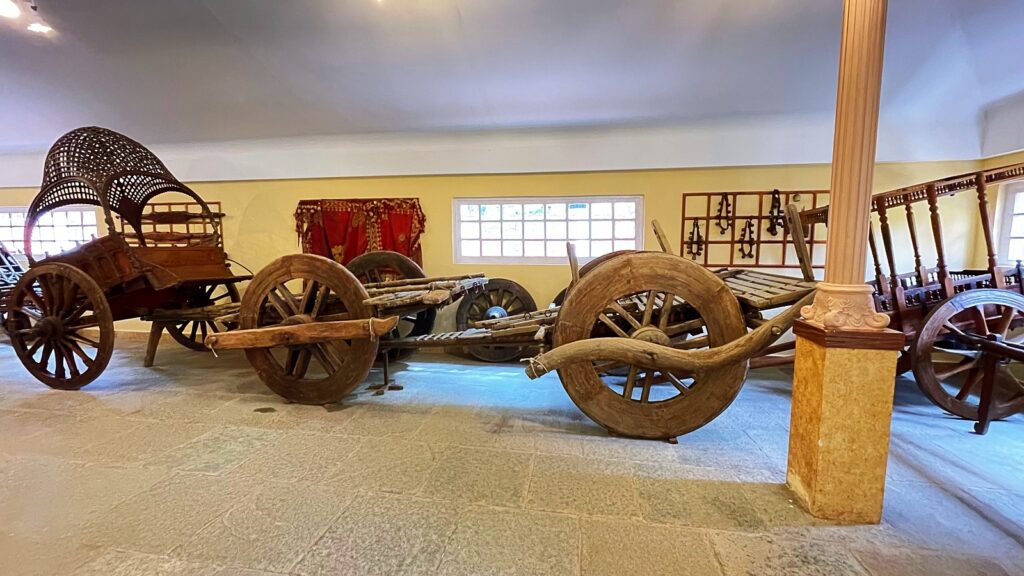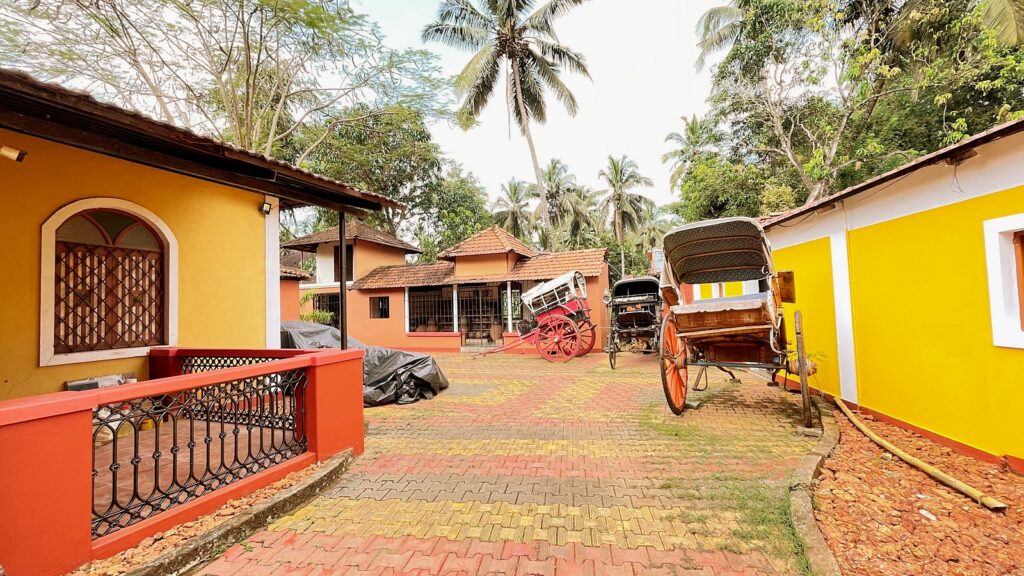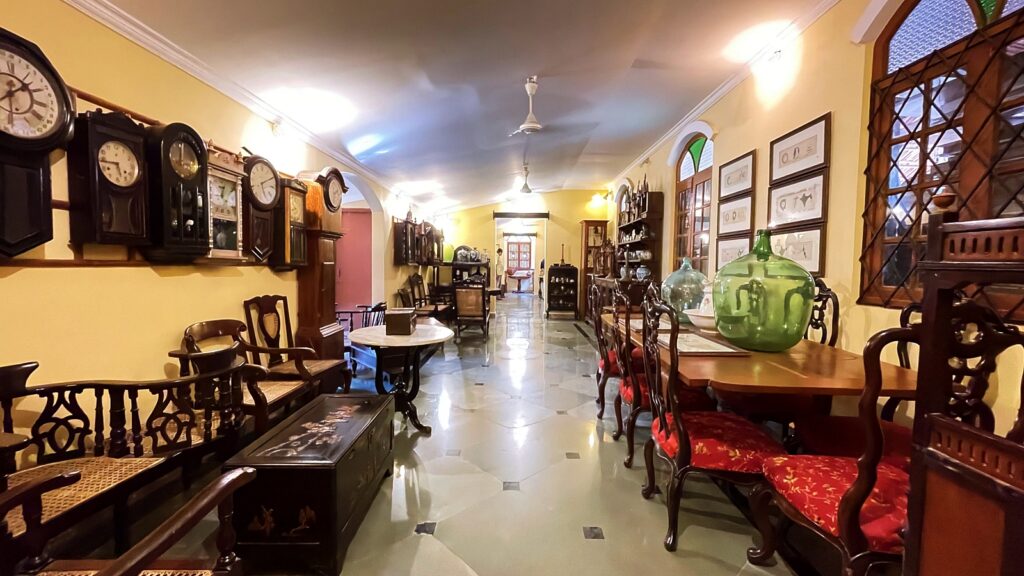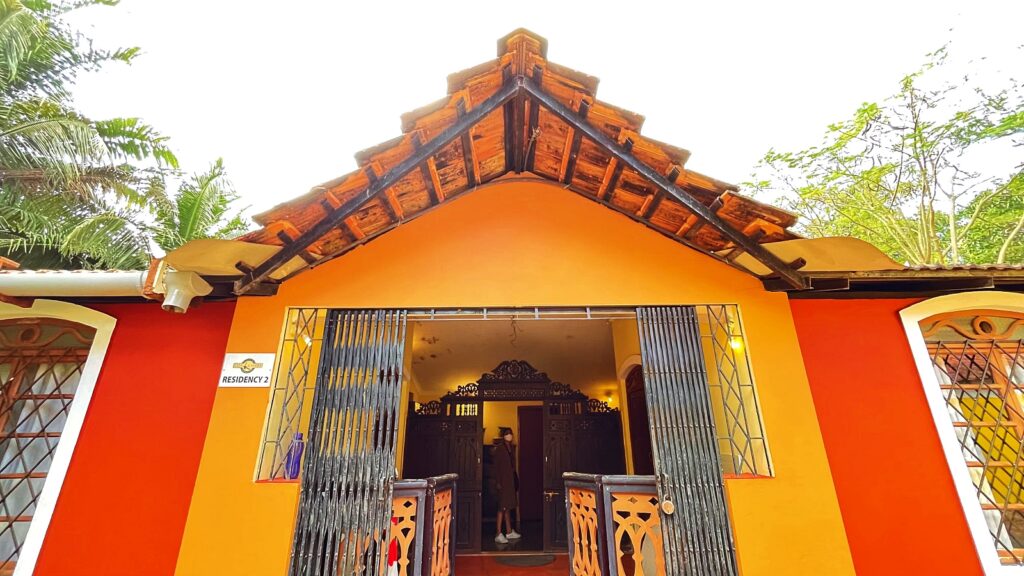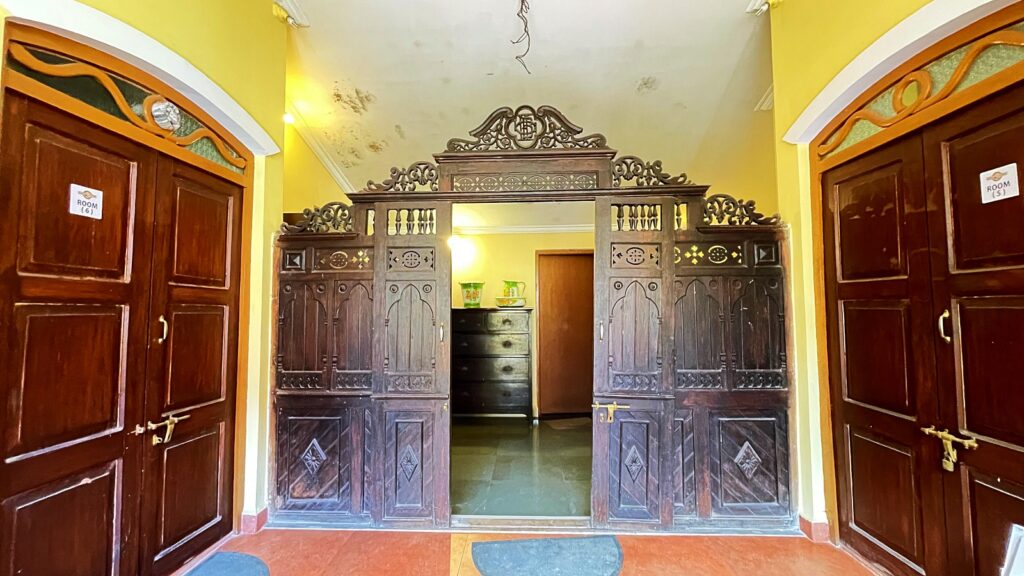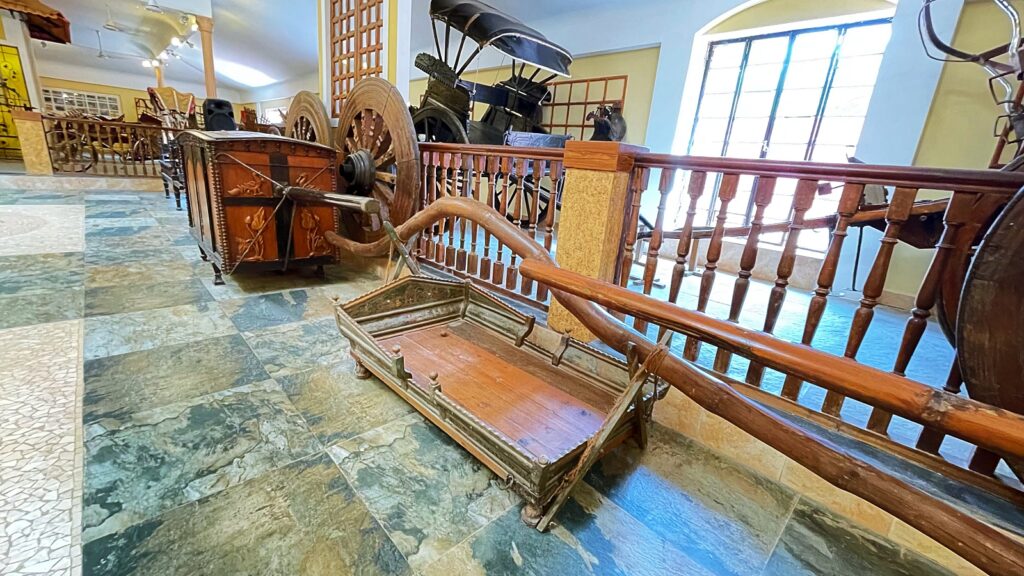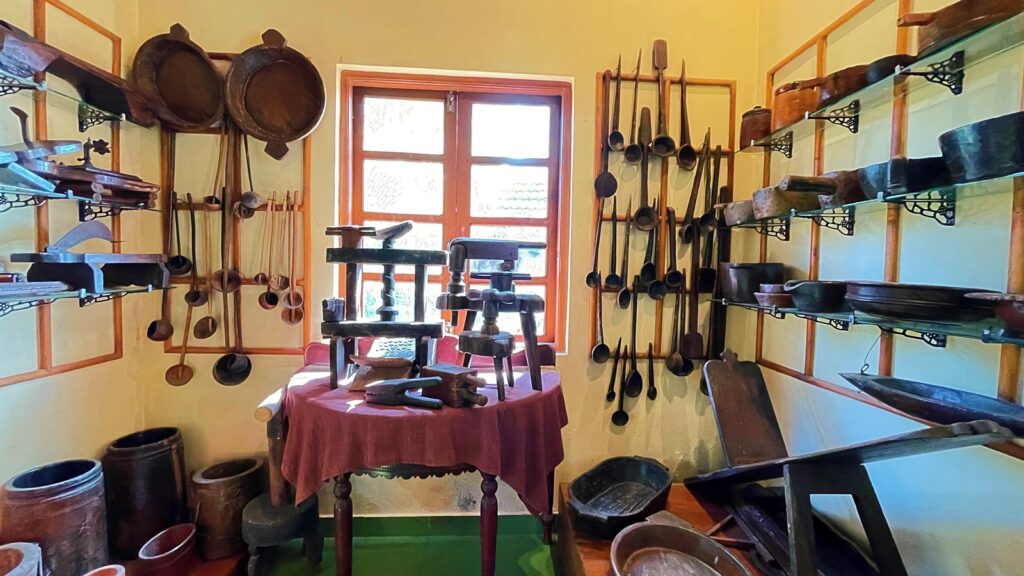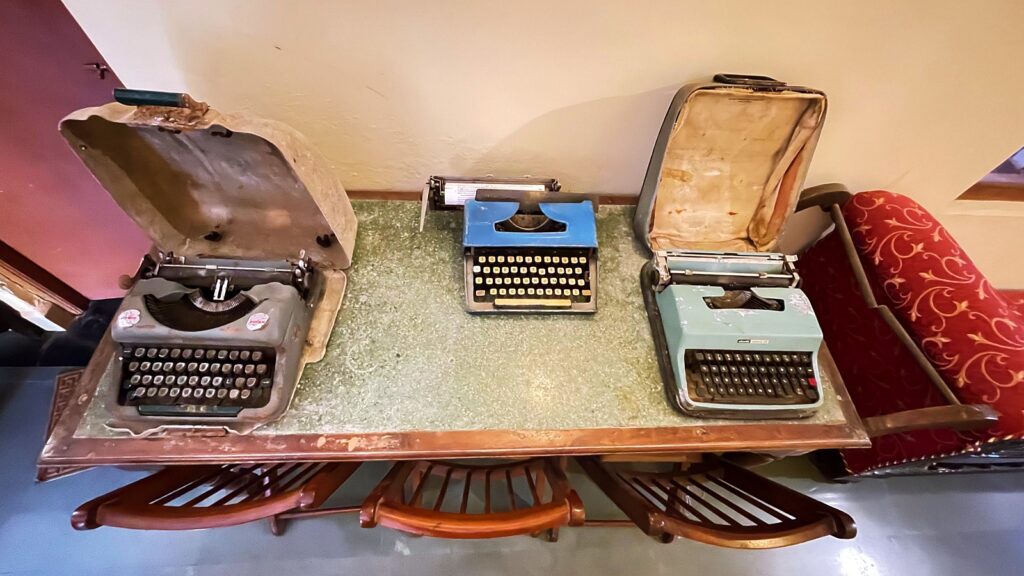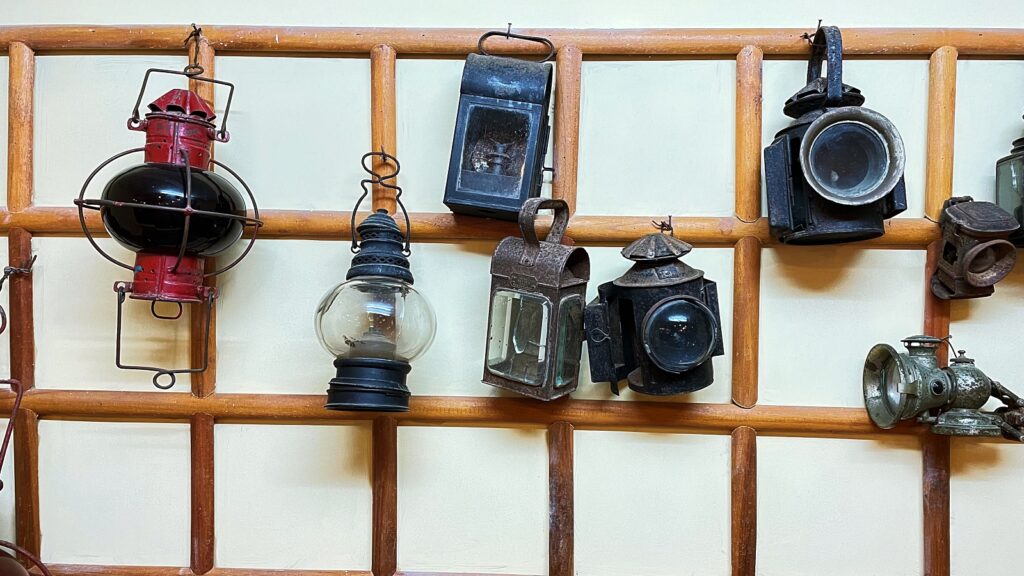Goa Chitra Museum: A Tribute to Goa’s Agrarian Past
Victor Hugo Gomes has honoured Goa’s agricultural heritage by creating Goa Chitra Museum in its honour! See what Goa’s best-kept secret is all about!

This small state in India is noted for its natural beauty, tropical spice fields, 16th-century cathedrals, and rich indigenous culture. Goa has deep respect and admiration for nature’s bounty. Artists in Goa are encouraged to express themselves through music, dance, theatre, and literature, blending East and West, tradition and creativity. The Goankars embody the philosophical attitude of their lineage: laid-back, welcoming, and open to many cultures. Goa Chitra, an ethnographic museum in Benaulim, is built by a Goa native, Victor Hugo Gomes, anxious to preserve history.
The Archaeological Survey of India has ranked the Goa Chitra Museum as India’s “topmost contemporary museum.” Goa Chitra, founded in 2009, is Gomes’s 30-year labour of love, a tribute to his forefathers and their way of life. Set against the backdrop of an organic farm, the GC museum houses a one-of-a-kind collection of traditional farming tools and other old means of commerce. With just 200 pieces at first, the assemblage has grown to about 4,000! Each artefact is supported by data gathered through elders in the community and research into how they used it in everyday life. See what Goa’s best-kept secret is all about!
Table of Contents
The Goa Chitra Museum’s History
It’s a collection of three museums: Goa Chitra, the flagship museum, Goa Chakra, and Goa Cruti. As the founder, Victor’s primary goal is to educate the public about Goan history and the relevance of ancestral wisdom in the modern world. Goa Chakra and Goa Cruti all have collections focused on Goa’s colonial yore, while Goa Chitra has 4,000 artefacts relating to the Goan agrarian foundations. The artefacts in the museum collection show the culture of ancient Goa, preserving the universality.
“This seed was planted in me as a child and is ready to sprout. I spent my childhood years with my grandmother. She couldn’t see, wasn’t educated, and had never travelled more than 30 kilometres from her home. She would tell me about her life whenever I asked her for a story, and she was a fantastic narrator! She’d conjure up an image of the lovely Goa, where we are born. She told me about Raakhandaar, the ancestral spirit who looks after the land, and how the streams where these spirits travel shouldn’t be interfered with,” recalls Gomes, a restorer by profession.
During his employment at the Museum of Christian Art, he became aware of the disregard of aesthetic and historical assets. Despite its newness, the Goa Chitra museum’s antiquities date back centuries. Traditional Goan utensils were often jettisoned or left to deteriorate in many old Goan homes. If Gomes did not focus on collecting cultural heritage objects soon, hundreds of years of wisdom and ancestral history of farming practises would be irreparably gone. The display area comprises architectural castaways from 300 antique Goan houses. Visitors can learn about some of the antiques on the show by walking through a 12000 square metre field built with vintage technology.
Sections and Objects in the Museum
Goa Chitra pays tribute to its founder’s ancestors and their way of life by applying generations-old wisdom. They operate on the premise that resources must not be squandered if not required. It’s a unique collection of vintage farming equipment and trade goods. Other materials and pieces saved by the designer from nearly 300 demolished old dwellings add to the structure’s contemporary appearance with a mix of traditional elements and innovative technologies. For the new generation to benefit from the knowledge of the past, Goa Chitra is devoted to reviving age-old traditions through museum displays and outreach efforts.

You will become more aware of nature, its effects, and its advantages to human life by visiting this gallery. You see, an ethnographic museum is a reflection of civilisations. Therefore the museum’s planning gives significant weight to the idea that personifies lifestyles, indigenous ways, craftsmanship, art, and folklore. Information on the object, its material, craftsmanship, the era in which it was used, as well as photographic evidence and interviews, are all included in the documentation.
The museum’s entryway shows religious accessories and art from the Catholic and Hindu religions since it is a tribute to the forebears. GCM has a diverse collection of exhibits that reflect Goa’s culture before the advent of electricity. Their collection is compartmentalised according to the various steps involved in a trade.
Equipments at Goa Chitra Museum
Local ceramics, farming equipment, musical instruments, old carts, and palanquins from different periods of history are among the items in Goa Chitra’s collection. Other items on display are related to rural trades and their traditional skills. The conventional agricultural pieces of equipment are on display according to different operations in the pastoral area. Tillage implements, sowing tools, intercultural operation tools, harvesting, cutting, trimming and marking implements, postharvest tools and implements, agricultural processing tools and implements, irrigation tools and implements, and crop protection implements are among the artefacts on show.
Metal and wood storage devices have a department all to themselves. Grain and liquid measures, and several varieties of grocer’s weights and scales, are on display. Animals were a vital part of the ancestors’ life hence there is a section in the gallery dedicated to the implements used to ride them. Walking through the underpasses, you’ll come upon ancient forms of transportation, complete with beautiful carts, carriages, and palanquins. The museum also has an organic farm that grows a variety of vegetables, herbs, spices, sugarcane, and rice, all of which are staples in the region of coastal western India. Aside from agriculture, other trades are displayed.
Variety of Tools
Tools from coopers, cobblers, barbers, blacksmiths, and masons are on display. The stonemason tools are explained in detail. Essential domestic Goan ceramics, cane handicrafts, weaving, and masonry are personified separately. Wooden and metal kitchen appliances take up a lot of space. As implements used for leisure activities such as hunting, traditional games, and musical instruments are displayed, surprises are always lurking around every corner. Fertiliser and insecticides are made from farm waste.

Solar electricity and biogas from the farm residents’ waste are intelligent energy solutions. Offering workshops for children and students who want to work with artisans; assisting artisans with craft development are some of the museum’s primary goals for visitors and participants alike.
Why Preserve Goa Chitra Museum?
Materials like woodwork, doors, windows, pillars, railings and other materials and elements rescued by the artist from almost 300 demolished traditional houses contribute to the structure of Goa Chitra, which blends classic aspects with modern technologies. Victor Hugo Gomes also restores old Portuguese mansions in Goa, preserving yet another facet of our culture. He articulates that the importance of day-to-day utilities can’t be overdrawn. These artefacts teach us about our predecessors and how they planned and developed the ground. It’s essential to remember that we’re borrowing the world and its resources from future generations.
That, we live on the same planet as others. It’s not about neglecting the past and focusing on the future; it’s about staying connected. At Betul, Goa Chitra will open a museum dedicated to Goa’s fishing population and marine ecology. Victor has collected approximately 5,000 shells, corals, and fossils to contribute to the existing seashell collection at the new museum. In addition, the museum serves as a common platform for Goan artists and craftspeople to showcase their work and communicate with one another.
Entry Fee: INR 100 per adult for 2 hours

